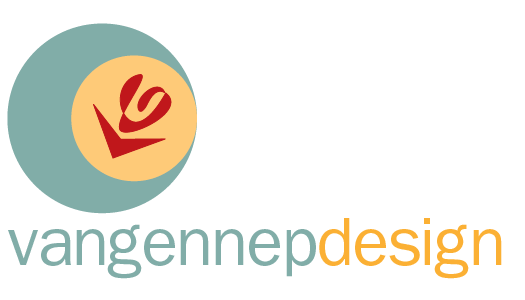Article(s)
Hiring the right designer for the job
As a nonprofit professional, you may come across the need to hire a graphic designer. Here are a few tips to make sure you work with the right person and achieve the right product in your next design project.
1. Get a good idea of the designer’s style of work. Go to their website and take a look. How is their sense of color, organization, typography? Do the samples show a certain approach, i.e. look like they come from one studio (which is ok) or do they all look the same (not ok). Do you see the kind of work you’re after? Producing an annual report is very different from creating consumer packaging. Is the designer familiar with working for your type/size of organization? Working for a nonprofit is different from working for a corporation.
2. Next, schedule an in-person meeting or at least a phone call. This, more than emailing back and forth, will give you a better sense of the type of person you are hiring. How well do you get along? How flexible are they? Once you feel good about the dynamic between you, provide the appropriate details and timeline and ask for an estimate.
3. Once you’ve selected your firm, clearly review your expectations. Do you have any strong likes or dislikes regarding color, font, use of reverse type or other preferences? You may love red and blue, or you may hate green. More about that in a minute.
4. After you are quite certain you have found your match, the hard part follows: Let the designer do their job.
Graphic design is not an exact science, there’s not one proven solution to a challenge, and while--as with other design disciplines-- there are definite rights and wrongs, a lot depends on subjective perceptions. Almost everyone has some sense of aesthetic and you may feel an urge to get involved in the process. And while your designer may want to accommodate your requests in an effort to be collaborative, you should strongly consider their recommendations. It is their job to make sure your personal preference does not cross over into bad design, or less dramatically, into a dated or overused look.
Many clients will feel more confident in accepting work that looks like something they’ve seen before which explains the preference for red and blue, colors that are abundantly used in logo and collateral design. While these colors may be perfectly fine for some situations, try to be open to new and fresh ideas, even, and especially, if, they present something unfamiliar.
How much a designer will defend their professional choices against a client who may have a different aesthetic can, of course, be a sensitive matter. As the client, you need to end up with something you will perceive as right for you. In the end, this is your product, not the designer’s. But pause and remind yourself, you did your intake, you hired a professional, you established faith in their ability to do the job; now you should let them do that job. In interfering with it, you could simply be shortchanging yourself.

